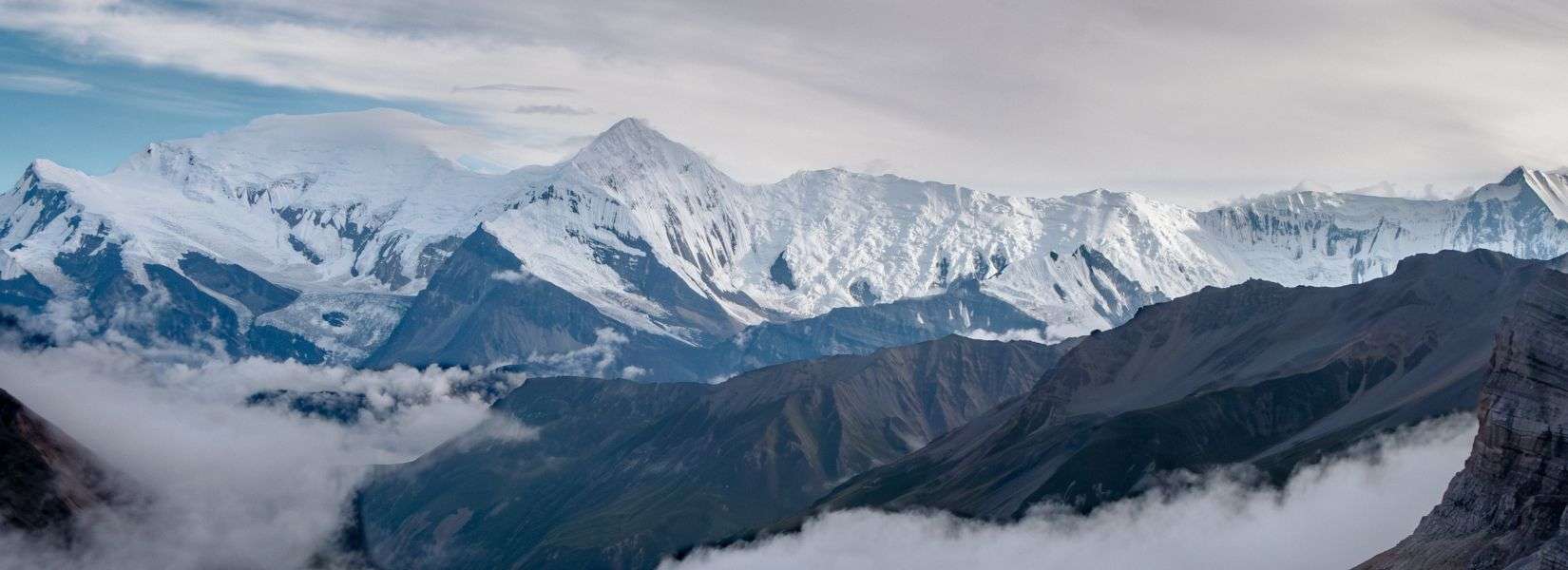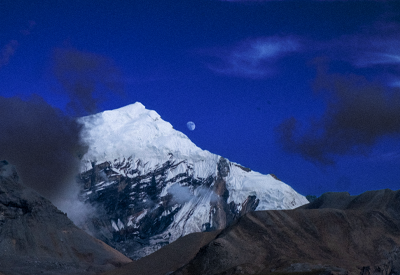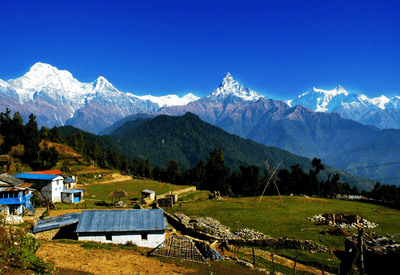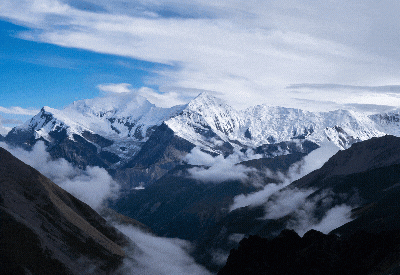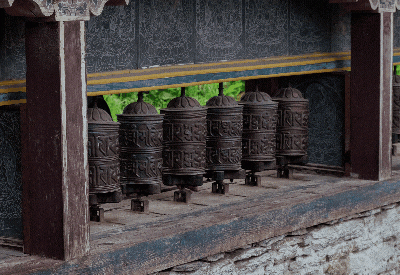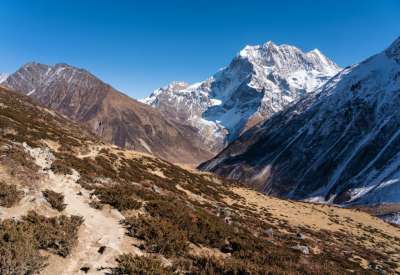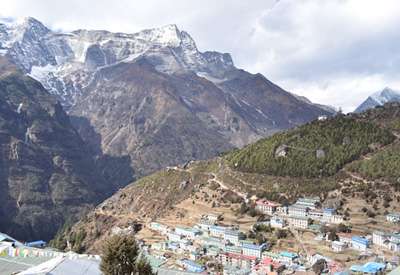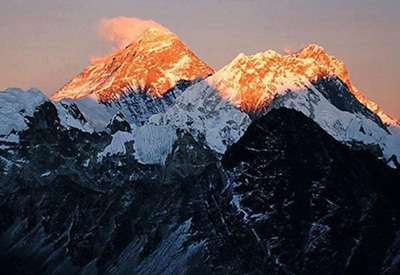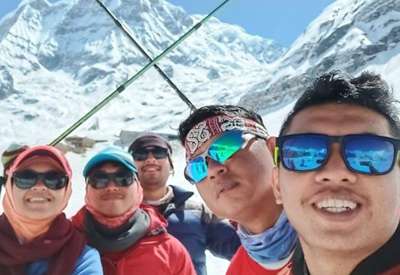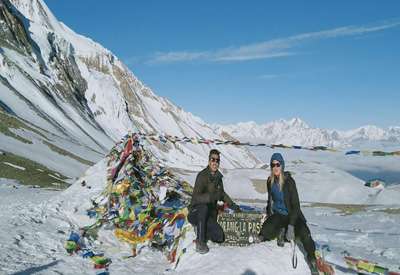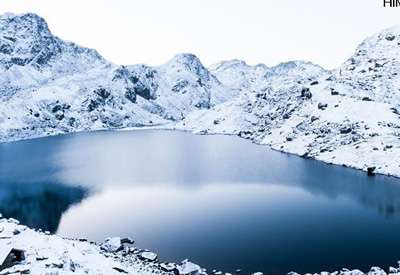Trekking Annapurna Circuit is one of Nepal's most famous and adventurous trekking routes, attracting trekkers from all over the world. Spanning 12 days, this trek takes you through a wide variety of landscapes, ranging from lush subtropical forests to rugged high-altitude deserts. With spectacular views of the Annapurna and Dhaulagiri mountain ranges, 🔗 Rich Cultural Heritage and a challenging high-altitude crossing at Thorong La Pass (5416m), the Annapurna Circuit promises an unforgettable experience. However, choosing the right time to embark on this trek is crucial to ensure a safe and enjoyable adventure. In this guide, we’ll explore the best times for the Annapurna Circuit Trek, providing detailed insights into the annapurna circuit trekking seasons and annapurna circuit trekking weather conditions you should consider when planning your journey.
Best Time for the Annapurna Circuit Trek
Table of Contents
Spring (March to May): The Ideal Time for Annapurna Circuit Trek
Annapurna Circuit Trekking in Spring is the Best trekking season in Nepal which offers clear skies, mild temperatures, blooming rhododendrons, and stunning mountain views, making it the perfect season for trekking in Annapurna Region.
Why Spring is the Best Time
During spring, the weather is stable, with clear skies and mild temperatures throughout the day. Temperatures in Annapurna Circuit range from 15°C to 20°C in the lower regions and can drop to -5°C to -10°C at higher altitudes like Thorong La Pass.
Spring is the season when the Annapurna Conservation Area bursts into bloom. Trekking through the lush green valleys, you’ll witness an explosion of colorful rhododendrons, orchids, and other wildflowers. This is an incredible sight for nature lovers and photographers.
The air is clear during spring, providing unobstructed views of the Annapurna and Dhaulagiri mountain ranges. The landscapes are at their best, with snow-capped peaks and vibrant valleys below.
Check our detail Itinerary for Annapurna Circuit Trek 10 Days and Annapurna Circuit Trekking 12 Days
Annapurna Circuit Trek 12 Days

12 days 11 nights
This 12 Days Annapurna Circuit Trek is a world-renowned trekking experi...
$750
Annapurna Circuit Trek 10 Days

10 days 9 nights
This 10 Days Annapurna Circuit Adventure Trekking begins...
$800
Recommended For
Beginners and seasoned trekkers alike
Those who want a more picturesque trek with clear views
Travelers who enjoy mild weather without extremes in temperature
Autumn (September to November): The Peak Trekking Season
Autumn is the second best time for the Annapurna Circuit trekking and is regarded as the peak trekking season in 🔗 Nepal. Like spring, autumn offers stable weather, making it a safe and popular time to trek.
Why Autumn is Ideal for Trekking
After the monsoon season, autumn offers pleasant weather, with moderate daytime temperatures ranging from 10°C to 20°C in lower altitudes and 0°C to -5°C at higher altitudes. The skies are clear, and you’ll enjoy panoramic views of the mountains without the risk of rain or snow.
The trails are dry, making the trekking conditions favorable. There’s little to no chance of landslides, and the risk of avalanches is low. This makes autumn the safest season for trekking the Annapurna Circuit.
Autumn coincides with several major festivals in Nepal, including Dashain and Tihar. These festivals provide a unique opportunity to experience the rich culture and traditions of the local communities along the Annapurna Circuit. The hospitality of the people is exceptional during this time, and you can enjoy festive local food and customs.
Recommended For
All trekkers, including solo travelers and families
Those seeking a culturally immersive trekking experience
Those who prefer dry, stable weather with comfortable temperatures
Winter (December to February): For Experienced Trekkers
Annapurna Circuit Trekking in winter is considered the off-season for the Annapurna Circuit due to its harsh weather conditions. However, if you're an experienced trekker seeking a quieter, less crowded experience, winter might be an option to consider.
Why Winter Can Be a Good Time
One of the main reasons some trekkers prefer winter is that there are fewer tourists. If you enjoy trekking in solitude and avoiding crowded teahouses, winter provides a quieter experience.
If you can handle the cold, winter offers the opportunity to see the Annapurna region blanketed in snow, creating a pristine and beautiful winter wonderland. The views of the snow-capped peaks are breathtaking.
While winter can be harsh at higher altitudes, experienced trekkers can tackle the Annapurna Circuit with proper gear. The cold temperatures at higher altitudes can reach -10°C to -15°C or lower, so adequate preparation is essential.
Recommended For
Experienced trekkers with cold-weather gear
Those seeking solitude and less crowded trails
Adventurers who are prepared for extreme cold and snow
Challenges
At high altitudes, temperatures can drop significantly, especially at night. The cold can be challenging, and some teahouses and lodges might be closed due to snow or cold weather.
The higher parts of the trek, especially Thorong La Pass, can be subject to heavy snowstorms, which can make the trek more dangerous. The weather conditions in winter can change rapidly, and the trails can become slippery and icy.
Monsoon (June to August): The Season to Avoid
The monsoon season in Nepal runs from June to August, and this is the least favorable time for the Annapurna Circuit trek.
Why Monsoon is Not Recommended
The region experiences heavy rainfall during the monsoon months, leading to slippery trails and potential landslides. The trails can become muddy and treacherous, making the trek more challenging and unsafe.
The heavy rains and moisture in the air can obscure the stunning mountain views, leaving trekkers with limited visibility and a less enjoyable experience.
The monsoon rains increase the likelihood of landslides along the trekking route, especially in the lower parts of the trail. This poses a significant risk to trekkers.
Recommended For
Not recommended for most trekkers. Only those with advanced trekking skills and experience in navigating tough conditions should consider trekking during the monsoon season.
Annapurna Circuit Trek Challenges in Monsoon
The monsoon rain can make the trails slippery, adding to the difficulty and danger of trekking.
The rivers and streams in the region can swell due to heavy rainfall, potentially blocking the trail and causing delays or detours.
Conclusion: Choosing the Best Time for the Annapurna Circuit Trek
Choosing the best time for the Annapurna Circuit Trek depends on your preferences, experience, and the type of trekking experience you seek. Here's a quick summary of the best times to trek.
Spring (March–May)
Ideal for clear skies, mild temperatures, and blooming flora. Best for both beginner and experienced trekkers.
Autumn (September–November)
Perfect for dry trails, stable weather, and cultural experiences. Ideal for trekkers who want to avoid crowds while enjoying favorable conditions.
Winter (December–February)
For experienced trekkers seeking solitude and snow-capped landscapes. Be prepared for extreme cold and challenging conditions.
Monsoon (June–August)
Avoid trekking during this time due to the risk of heavy rain, slippery trails, and landslides.
Ultimately, the best time for your Annapurna Circuit Trek depends on your trekking experience, your desire for a more peaceful or festive experience, and your ability to handle varying weather conditions. Plan accordingly and prepare well to ensure that your trek is safe, enjoyable, and unforgettable.
Ready to Start Your Adventure?
No matter when you choose to embark on the Annapurna Circuit, HimalayaHub offers expert guidance, personalized itineraries, and professional guides to help you experience the best of this incredible trek. Book your Annapurna Circuit Trek 12 Days with HimalayaHub today!
Book Your Trek Now

